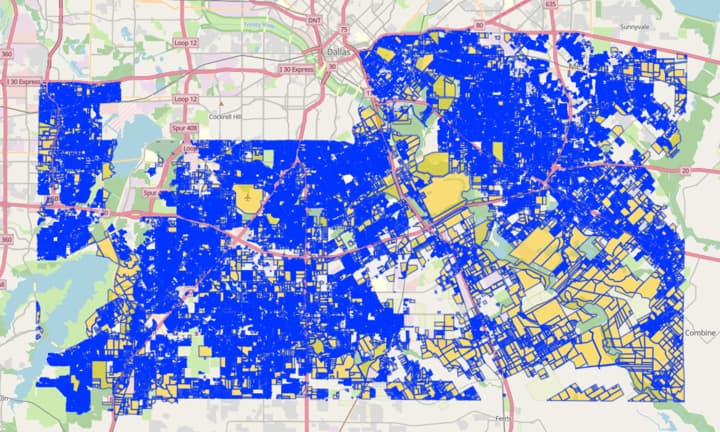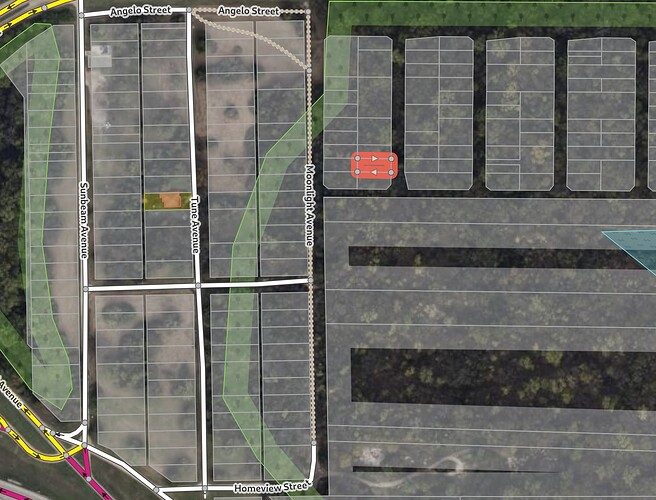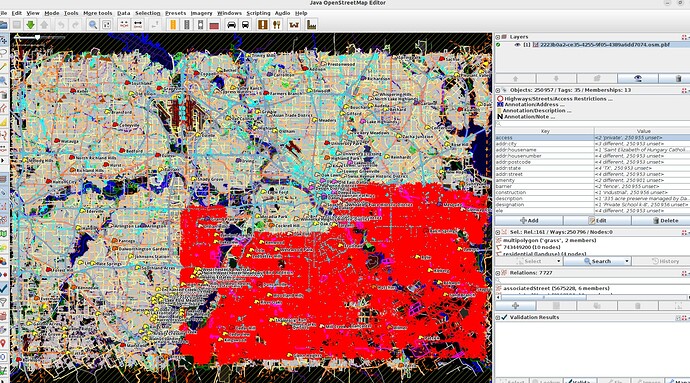Parks (especially what have come to be known as “proto-parks,” land which may become a park in the future but which today are somewhat poorly-known or not-well-publicized elsewhere, except maybe a state- or federal-level “protected lands” database) don’t necessarily “fall into that category” as well. OSM has parks (a leisure=park is a usually-urban, smallish, manicured area for human recreation which is pleasing in its natural arrangements), we have boundary=protected_areas (of various sorts), there are leisure=nature=reserves aplenty, there are boundary=national_parks, which depending on their character, might be applied to state parks or even county parks, there are even more of these things. It is vast, complicated and a truly large dataset.
A contentious issue in OSM can be how there really is a great deal of history as to how certain tagging has evolved (though we all agree that zoning=grass is nonsensical) yet many contributors are anxious to do fairly major re-tagging. Major re-tagging (as in TIGER Review, huge undertakings like public lands, vast networks like rail and road tagging, which essentially has to be broken down state-by-state…) can and should happen in OSM. But when/if/as it does, good dialog, deep wiki reading (in many cases), historical research and a sensitivity to “what was right, is right and will be right” truly is required. It takes a fair number of people who are already nodding our heads together in agreement to make major changes to our map. We call this consensus. It does take some effort to build consensus, this doesn’t (usually) happen quickly.
We have already developed (like United States Public Lands, more…) much hammered-out documentation about our efforts (and its dozens, even hundreds who have stirred our spoons in this kitchen) yet I feel the need to say this when I see “parks probably…” when they don’t (necessarily, until you check our wiki).
Go nuts deleting (well, cleaning up) in Dallas, please. And be careful making far-reaching statements about parks. OSM-US has had enough grief with misunderstandings about how we should tag parks. Our linked wiki is messy, incomplete, rambling and even complicated. That’s because reality is that way. And with the strength of many (not one, two, or a few) we continue to improve these data. Keep up the good work, everybody. And build consensus slowly, as we must not hurry to make our map data real. Quality takes time.


